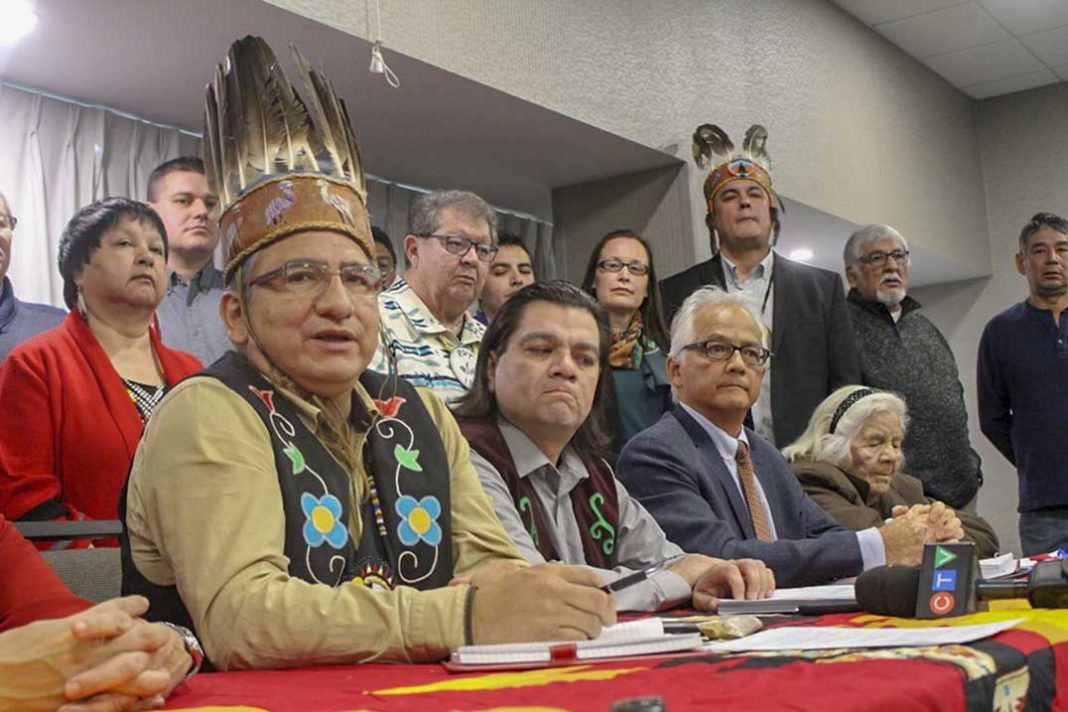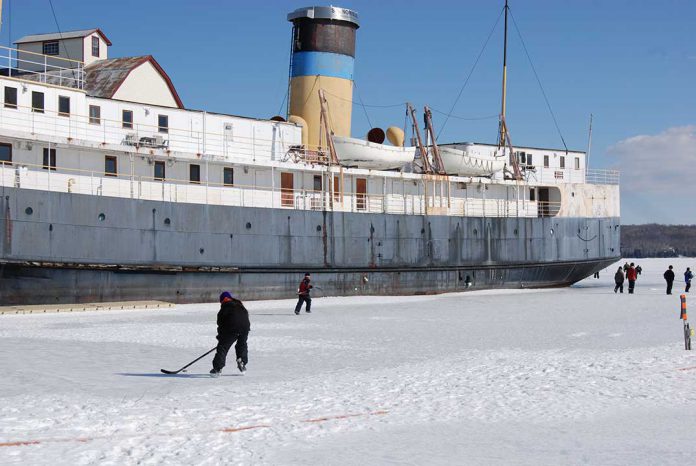SUDBURY—While they are not pleased the Ontario government is appealing the recent Robinson-Huron Treaty court ruling, the Robinson-Huron Treaty Litigation Committee is pleased that both Canada and Ontario have given notice of their desire to negotiate a resolution of the claim to a fair share of the resource revenues with the territory area.
Justice Patricia Hennessy wrote in her decision this past December, “I find that the Crown has a mandatory and reviewable obligation to increate the treaties’ annuities when the economic circumstances warrant. The economic circumstances will trigger an increase to the annuities if the net Crown resource-based revenues permit the Crown to increase the annuities without incurring a loss. The principle of the honour of the Crown and the doctrine of fiduciary duty impose on the Crown the obligation to diligently implement the Treaties’ promise to achieve their purpose (of reflecting the value of the territories in the annuities) and other related justiciable duties.”
The Ontario Superior Court ruled in December that annuity payments from the Robinson-Huron and Robinson-Superior treaties signed in 1850 were not frozen in time. Beneficiaries of the treaties have been collecting $4 each annually since 1874.
The Anishinabek News reported in a release on Tuesday the federal government has decided not to appeal Justice Hennessy’s December 21 decision on the Robinson-Huron Treaty annuities case.
However, Ontario has indicated its desire to preserve the ability to appeal the decision of Justice Hennessy, including the decision on costs. “The province has served us with their Notice of Appeal. We are disappointed with this decision, however, we welcome their willingness to seek a settlement through negotiations,” said Wiikwemkoong Ogimaa Duke Peltier in the release.
Batchawana First Nation Chief Dean Sayers told Anishinabek News he is confident that Ontario and Canada will follow through on their legal obligation through a mediated negotiation process.
The judgment does provide direction on the appropriate approach to achieve reconciliation. “The Anishinaabe and the Crown now have an opportunity to determine what role those historic promises will play in shaping their modern treaty relationship. The pressures they faced in 1850 will continue to challenge them. However, in 1850 the Crown and the Anishinaabe shared a vision that the Anishinaabe and the settler society could continue to co-exist in a mutually respectful and beneficial relationship going into the future. Today, we arrive at that point in the relationship again. It is therefore incumbent on the parties to renew their treaty relationship now and in the future.
Moreover, the judgement points out that the treaty relationship is long term and does reflect the perspectives and laws of the parties: “The Plaintiffs remind the court that the Anishinaabe chiefs and leaders came to the Treaty Council to secure a treaty that was consistent with their long-term relationship with the Crown, which was characterized by the Anishinaabe principles of respect, reciprocity, responsibility and renewal. From the Anishinaabe perspective, the central goal of the treaty was to renew their relationship with the Crown, which was grounded in the Covenant Chain alliance and visually represented on wampum belts with images of two figures holding hands as part of two links in a chain.”
The parties will be meeting soon to discuss the way forward on negotiations and will provide an opportunity to determine if Ontario prefers litigation to renegotiation as the preferred method for achieving lasting reconciliation and, if Canada can advance rights recognition, respect and partnership with the Robinson-Huron First Nations in the existing treaty relationship.
Ontario’s Attorney General filed the notice of appeal on Monday, the deadline for the filing. “The trial judge erred in interpretation of the annuities provision of the Robinson Treaties,” reads Ontario’s filing.” In her December ruling, Justice Hennessy wrote the annuities described in the treaties which hadn’t been raised since 1874 were meant as a mechanism to share the wealth from the treaty territory’s resources.
There are about 30,000 beneficiaries in the 21 communities including those on Manitoulin Island.





